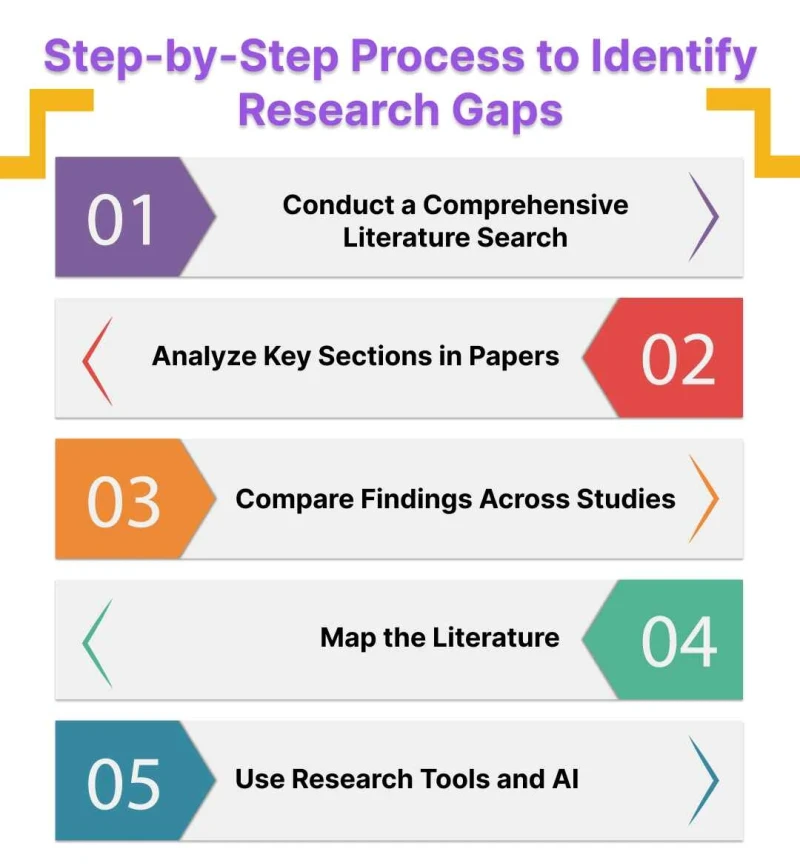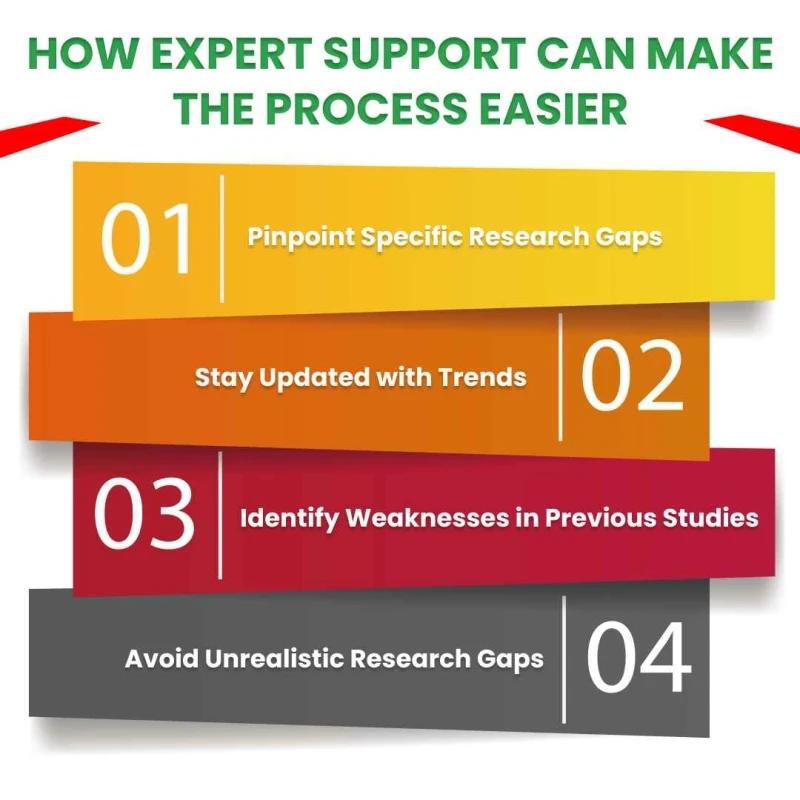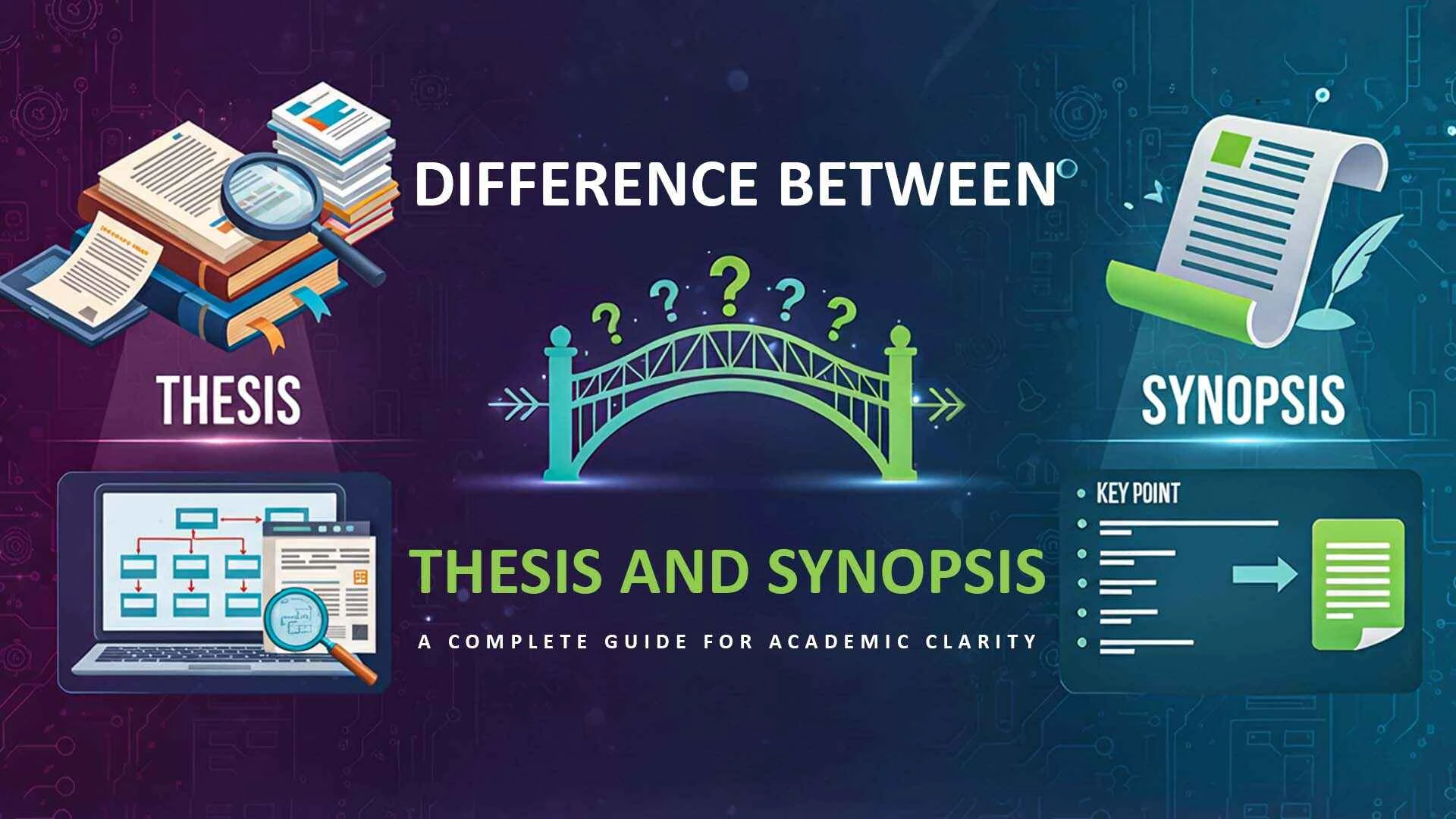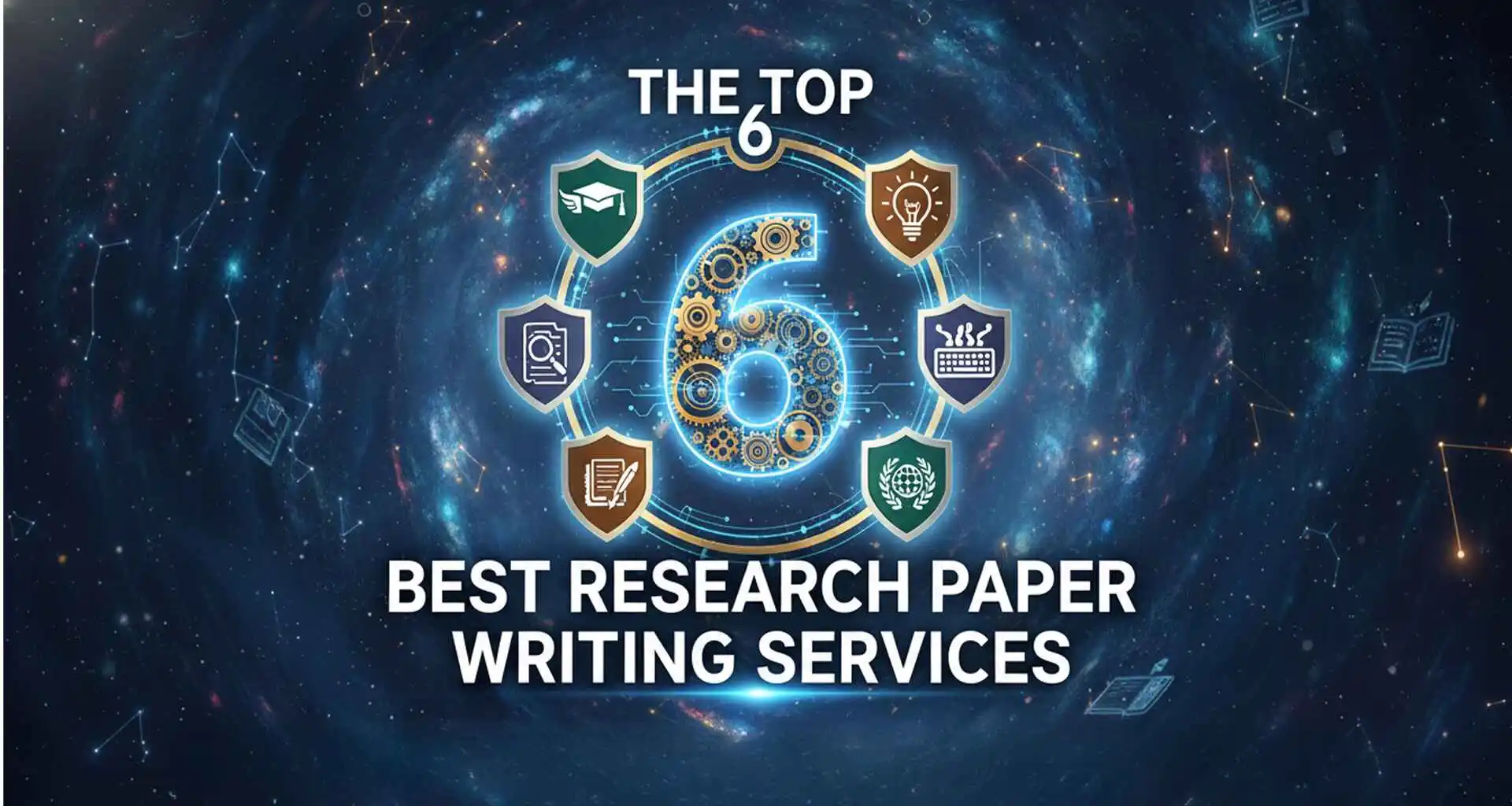
Santhi.GN
How to identify research gap based on literature review is an important researcher skill for those who want to generate original and influential studies. A research gap is defined as lacking knowledge or unaddressed questions in previous studies.
Identifying the gaps assists scholars in creating creative research, so their thesis, dissertation, or paper brings valuable contributions to their discipline. In this blog, successful steps and tools are shared to identify gaps quicker and better.
Understanding what is lacking in current literature allows you to steer clear of duplicating existing research and concentrate on areas demanding new knowledge.
Literature review identification of research gaps starts with the concept of what a research gap is. A research gap is the absence of knowledge, unexplored points of view, or unasked questions in the current research. The identification of research gaps allows researchers to formulate questions that will result in new contributions.
Issues in which minimal or no research has been done.
Constricted methodology employed in studies, permitting alternative methodologies.
To populations or regions comparatively less studied.
Where conceptual models do not exist for explaining certain phenomena.
Where the research has not been applied in real contexts.
A critical literature review transcends study summarization. It points to questions not addressed, contradictions, and untapped areas, and in so doing, discloses potential gaps. One is usually brought straight to areas needing further research by reading the "future research" sections of articles. This exercise informs the research design and method by identifying opportunities for contribution.

Start by collecting all relevant studies in your field using databases like Google Scholar, Scopus, and PubMed. Include both recent and seminal works to cover the entire scope of knowledge. Organize your sources systematically to quickly compare results and note areas that are consistently underexplored. A well-documented search strengthens your research design and methods by providing a robust foundation for identifying gaps.
Read abstracts, discussion, and "limitations" comments in all the studies. These typically highlight unanswered questions and uncovered gaps. Look for contradictions or incomplete results. Reading these important sections helps you to notice gaps no one else has, which guides your research design and methods to fill the gaps.
Search for patterns, inconsistencies, or recurring limitations across a series of studies. Cross-comparison of findings points out areas of non-consensus or gaps in evidence. Cross-comparison is critical in developing research design and methods that advance on what has been done before and fill gaps, so your research contributes originally.
Visual mapping methods, like mind maps or thematic maps, assist in sorting out information and making relationships between themes clear. Mapping the literature pinpoints where research clusters exist and where there are research gaps. This is necessary to inform research design and methodology by clearly establishing the scope and direction of your proposed study.
Current AI software, citation managers, and systematic review software can assist with identifying gaps. AI is also able to rapidly sift through large amounts of text in order to look for lesser-trodden grounds. Utilizing these programs makes your study design and methodology based on comprehensive and current knowledge, hence making and strengthening your study novel.
When choosing the research gap, make sure it is compatible with your area of study and academic goal. The gap should be closely associated with your area of study and add to knowledge in your discipline.
Applicability matters make sure resources, data, and time are sufficient to answer the gap.
Originality potential guarantees that your research provides new knowledge instead of duplicating past work. Think in innovative terms or perspective.
Ethical compliance is not negotiable ensure your research adheres to ethical principles, such as participant safety, consent, and data validity.
Do not mistake a broad topic area for a specific, researchable gap. Make sure to reference up-to-date, peer-reviewed literature to ensure the gap remains current.
Ignoring flaws in previous research design can result in spurious gap identification. Similarly, selecting a gap of too narrow or too-broad scope might make your study impossible. Accurate measurement ensures valuable contribution without wasteful effort.

Using AI for literature review can significantly reduce the work involved in identifying gaps manually. Specialists help determine specific research gaps within a broad field to confirm that one is focusing on unanswered questions.
Staying up to date with progress prevents leaving out what has recently occurred. Experts can also recognize deficiencies in previous research, prompting you to improve upon existing work. Finally, employing expert understanding prevents unrealistic breaks as well as those with too limited scope for fruitful research.
Succeed by employing hire professionals if necessary. Systematically log sources, notes, and conclusions to keep things organized.
Keep abreast of new studies to prevent overlooking new findings. Concepts from other fields may sharpen or broaden your research gap. Get feedback from colleagues or mentors to validate relevance and feasibility, providing a solid basis for your study.
A clear gap in research is the most critical aspect of ensuring that you generate impactful, publishable research. Read the literature systematically, review results, and use existing tools to discover pertinent unanswered questions. Start today and act to develop a study that adds value to your field.

Top 5 Best Literature Review Writing Service for PhD Scholars

Difference Between Thesis and Synopsis: A Complete Guide for Academic Clarity

Types of Literature Review Comprehensive Guide for Scholars

Best PhD Assistance Services

The Top 6 Best Research Paper Writing Services